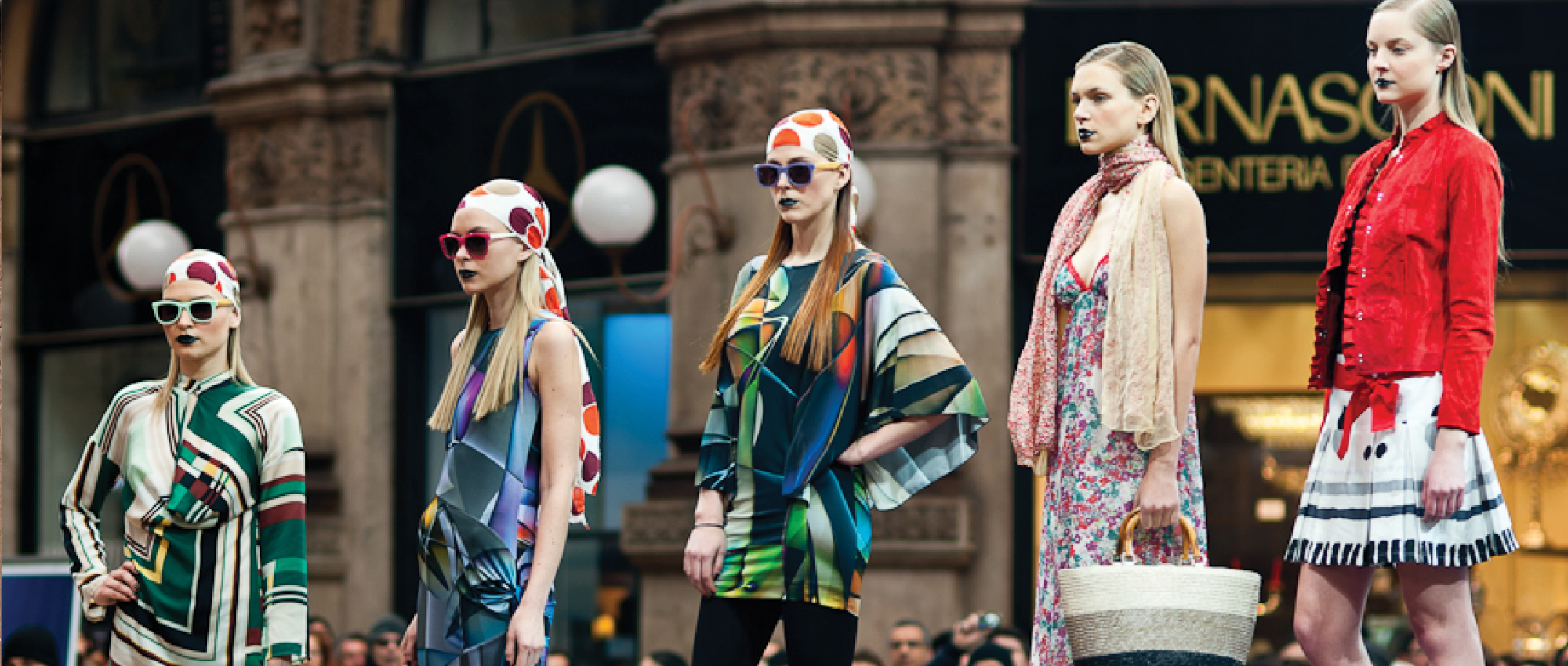Masculinités, féminités et questions d’identité à la Renaissance
Le masculin et le féminin sont souvent remis en question depuis l’émergence des études sur le genre (gender studies). Cependant, même si les voies d’approches récentes à la sexualité ou à l’altérité nous permettent d’analyser quelques‐uns de ces concepts sous un nouveau jour, nous constaterons que certaines problématiques existaient déjà dans l’imaginaire de la Renaissance. Dans ce séminaire, nous lirons donc divers textes – médicaux, philosophiques, iconographiques et littéraires – dits d’Ancien Régime, qui nous permettront d’examiner les débats (voire les angoisses, comme le note Kathleen Long) vis‐à‐vis des concepts de masculinité et de féminité, qui sont si souvent liés aux questions identitaires, y compris les constructions d’identités linguistiques, régionales ou nationales, entre autres.
Nous examinerons donc diverses représentations d’hommes et de femmes dans un choix de textes attribués à des auteurs masculins et féminins, ainsi que les images (parfois idéalisantes) d’hermaphrodites et d’androgynes qui prolifèrent dans l’iconographie renaissante. Nous aurons aussi lieu de nous demander s’il pouvait exister une écriture masculine ou féminine, non seulement à l’instar de certains critiques plus ou moins récents, mais de textes du seizième siècle où il s’agit (comme chez Montaigne) de mettre en valeur la vigueur d’une écriture virile, tout en dépréciant la « mollesse » de styles, de langues et de comportements décrits comme efféminés – liant ainsi éthique, rhétorique et esthétique.
Textes:
Une sélection de textes en prose (Brantôme, Hélisenne de Crenne, Jeanne Flore, Marie de Gournay, Marguerite de Navarre, Michel de Montaigne, Etienne Pasquier, François Rabelais…) et en poésie (Joachim Du Bellay, Pernee du Guillet, Antoine Héroët, Louise Labé, Clément Marot, Maurice Scève, Pierre de Ronsard…), ainsi que quelques emblèmes (de Gilles Corrozet et Guillaume La Perrière). Un choix de textes littéraires et critiques sera distribué en classe ou sur Canvas.
Quelques lectures recommandées:
Berriot‐Salvadore, Evelyne. Les Femmes dans la société française de la Renaissance. Genève: Droz, 1990.
‐‐‐. Un corps, un destin. La Femme dans la médecine de la Renaissance. Paris: Champion, 1993.
Clément, Michèle et Janine Incardona, eds. L’Émergence littéraire des femmes à Lyon à la Renaissance, 1520‐1560. Saint‐Étienne: PU Sainte‐Étienne, 2008.
Closson, Mariane, ed. L’Hermaphrodite de la Renaissance aux Lumières. Paris: Garnier, 2013.
Cottrell, Robert D. Sexuality/Textuality: A Study of the Fabric of Montaigne’s Essais: Columbus: Ohio Stat UP, 1981.
Ferguson, Gary, ed. L’Homme en tous genres: Masculinités, textes et contextes. Paris L’Harmattan, 2009.
‐‐‐. Queer (Re)Readings in the French Renaissance. Homosexuality, Gender, Culture. Aldershot: Ashgate, 2008.
Gray, Floyd. Gender, Rhetoric, and Print Culture in French Renaissance Writing. Cambridge: Cambridge UP, 2000.
Hampton, Timothy. Literature and Nation in the Sixteenth Century: Inventing Renaissance France. Ithaca: Cornell UP, 2001.
Jordan, Constance. Renaissance Feminism: Literary Texts and Political Models. Ithaca: Cornell UP, 1990.
Keller, Marcus. Figurations of France: Literary Nation‐Building in Times of Crisis (1550‐1650). Newark: U of Delaware P, 2011.
LaGuardia, David. Intertextual Masculinity in French Renaissance Literature: Rabelais, Brantôme and the Cent nouvelles nouvelles. Aldershot: Ashgate 2008. Laqueur, Thomas. Making Sex: Body and Gender from the Greeks to Freud. Cambridge: Harvard UP, 1992.
Larsen, Anne R. et Colette H. Winn, eds. Renaissance Women Writers: French Texts/American Contexts. Detroit: Wayne State UP, 1994.
Long, Kathleen P. Hermaphrodites in Renaissance Europe. Aldershot: Ashgate, 2006.
‐‐‐, ed. High Anxiety : Masculinity in Crisis in Early Modern France. Kirksville: Truman State UP, 2002.
Poirier, Guy. L’Homosexualité dans l’imaginaire de la Renaissance. Paris: Champion, 1996.
Reeser, Todd W. Moderating Masculinity in Early Modern Culture. Chapel Hill: North Carolina Studies in the Romance Languages and Literatures, 2006.
‐‐‐. Setting Plato Straight: Translating Ancient Sexuality in the Renaissance. Chicago: U of Chicago P, 2016.
Rothstein, Marian. The Androgyne in Early Modern France: Contextualizing the Power of Gender. New York: Palgrave Macmillan, 2015.
Siefert, Lewis C. and Rebecca M. Wilkin, eds. Men and Women Making Friends in Early Modern France. Farnham: Ashgate, 2015.
Warner, Lyndan. The Ideas of Man and Woman in Renaissance France. Farnham: Ashgate, 2011.
Wiesner, Merry E. Women and Gender in Early Modern Europe. 2nd ed. Cambridge: Cambridge UP, 2000.
Winn, Colette, H. Teaching French Women Writers of the Renaissance and Reformation. New York: MLA, 2011.
Yandell, Cathy M. Carpe Corpus: Time and Gender in Early Modern France. Newark: U of Delaware P, 2000.
Langue d’enseignement : français
Professeur : Nancy Frelick
Course Registration
